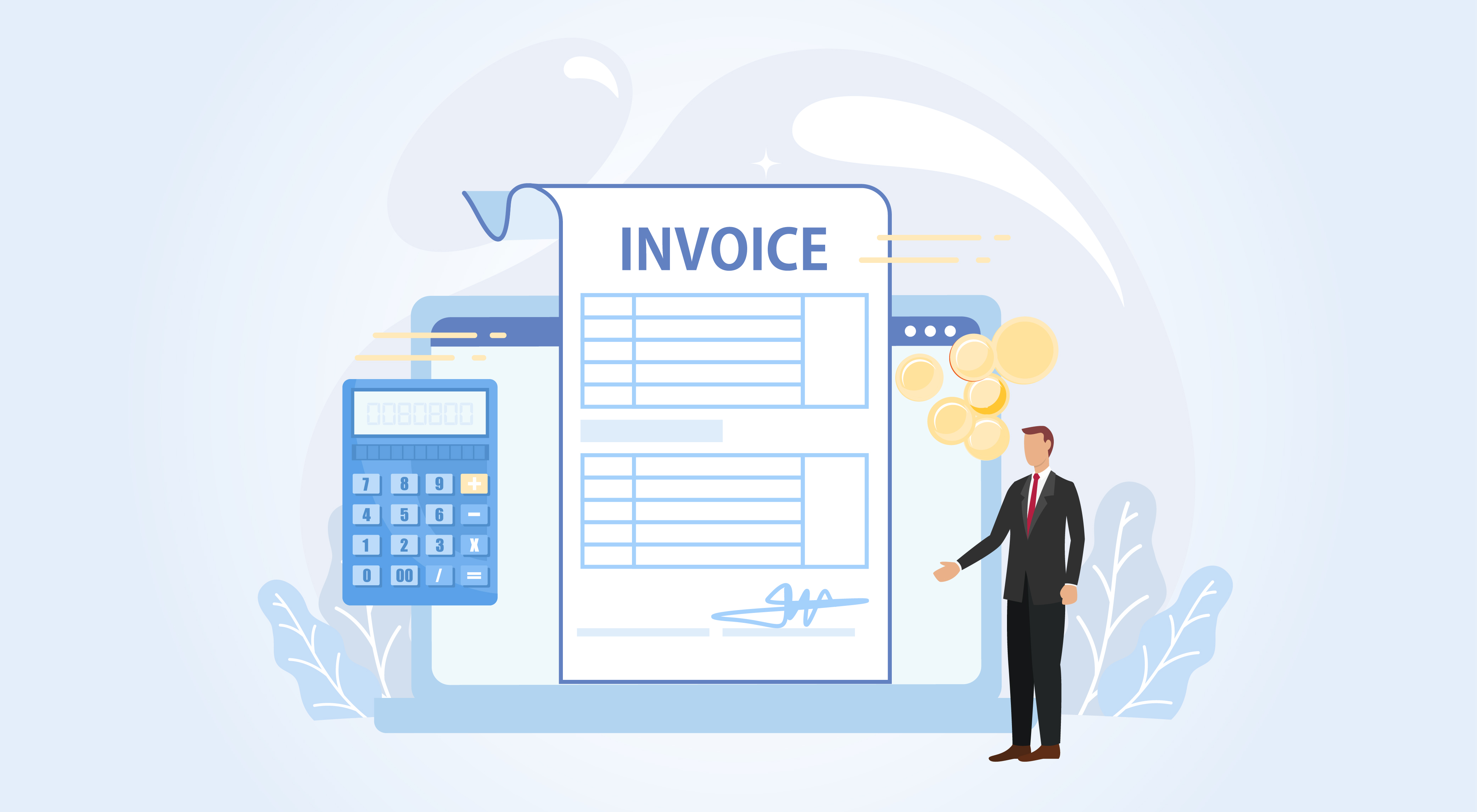- What is an accounting policy comprised of?
- What is the major scope of accounting policy?
- How accounting policies are used
- What are the five basic principles of accounting?
- Example of an accounting policy
Accounting policies are the principles and methods that the company has chosen to prepare financial statements to give a clear overall picture of the company’s finances. They are usually submitted to shareholders, investors, financial institutions and other entities outside the company. The financial statements of companies will be easily understood by all these entities when they follow a commonly used and accepted accounting policy. The consistency created when companies follow a universal accounting policy helps them communicate financial information easily. There is a uniformity in the financial statements across the year and across companies.
The commonly accepted accounting principles may vary regionally and in different companies. The two most commonly followed accounting principles are Generally Accepted Accounting Principles (GAAP) and the International Financial Reporting Standards (IFRS). Accounting policies are not the same as accounting principles. Accounting principles are the main accounting rules, and accounting policies are how a company uses the rules.
|
What is Accounting? Why it is Important and How Works with Examples |
What is an accounting policy comprised of?
Accounting policies are the basic standards and procedures enforced by an organization's management team to prepare its accounts. These include all forms of accounting, measuring systems and calculations. Accounting policies vary from accounting principles in that accounting rules are the laws, and policies are the way an organization adheres to modifies those rules. So, despite the general accounting principles, a company may have an accounting policy that defines how it maintains and reports its finances.
Accounting policies define the company's rules while creating its financial statements. These policies may manipulate the company's reported financial numbers legally. The company’s management can choose its accounting policies to be either conservative or aggressive in its financial reports. Though companies define their accounting policies, they still have to be within the overall scope of the generally accepted accounting principles (GAAP).
What is the major scope of accounting policy?
There is a difference between accounting policies and accounting standards.
Companies can work within their chosen accounting standard to define their own company accounting policy, either conservative or aggressive. A conservative accounting policy may understate the current financial performance to show improved financial performance in subsequent periods. This approach will allow the company to show improvement and satisfy its investors. On the other hand, an aggressive policy makes the company look good in the current reports. But, the overstated performance reports may lead to a decline in the subsequent reports even if the company does well. If an aggressive accounting policy gets red-flagged by shareholders and investors, it indicates doubts about the misrepresentation of the financial performance.
How accounting policies are used
Many items on a company’s financial statements are calculated or are arrived at through certain methods or formulae. Some different acceptable methods and calculations can be used for the same item. The choice of the method is at the discretion of the company’s accountant. A company’s accounting policy defines which of the many methods and formulae will be used by the company. These methods will have to be within the allowances of the accounting standard (GAAP or IFRS) that the company follows.
Accounting policy choices may all be within the allowances of the accepted accounting standards, but they can significantly impact the financial statements. An example of accounting policy is how a company values goodwill and the cost of R&D will change these values on the statements. Different ways to calculate depreciation and inventory cost give you very different values. Since the choices within an accounting standard are flexible, a company can choose their accounting policy to its advantage. Since the choices are flexible, this would be a legal way of changing the direction or implication of a financial statement.
When assessing a company and its financial statements, it is essential to study the accounting principles. A financial report that looks very impressive may be the result of an aggressive accounting policy. However, the company that has reported moderate gains may be doing so with a very conservative accounting policy. It is in the investor's best interest to verify the accounting policy used before reading financial statements. Examining the accounting policies carefully may also reveal if the company uses methods that do not conform to accepted accounting standards.
What are the five basic principles of accounting?
The basic principles of accounting have been developed over many years of working with accounts. They define the basic aspects of how you record a transaction properly.
- Revenue Recognition Principle
There are two ways in which you can recognize revenue. If you account for them in the same accounting period that the service or product was provided, it is accrual-based accounting. If you only account for it when the cash is received, even if there is a large delay, it is the cash-based accounting principle. Companies decide on which one they will follow in their accounting policy.
- Cost Principle
Financial records and statements record the cost of assets. There are different ways to calculate asset value. The cost principle states that the assets, liabilities, and equity should be valued at their original purchase cost. However, increasingly accountants are favoring valuation at their fair values instead.
- Business-Entity Principle
In accounting, the owner is not to be confused with the business. The business is an entity itself and is separate from its owner. So, the owner’s and the business’s transactions must be recorded separately. Any money that the owner takes from the business is accounted for. The money will be owed to the business or deducted from the initial investment.
- Full Disclosure Principle
The information on financial statements should be complete so that nothing is misleading. With this intention, important partners or clients will be aware of relevant information concerning your company.
- Going Concern Principle
The going concern principle maintains the accounts as if the business will have a long life and operations without shutting down or liquidating.
Example of an accounting policy
As an example of accounting policy, we can look at the policies of a retail firm. The company, at any time, holds a significant amount of inventory. When generating its financial statements, the value of that inventory has to be stated.
The company’s accountants can choose between three methods to calculate the inventory value; average cost, first in, first out (FIFO), or last in, first out (LIFO). If the average cost method is used, the weighted average cost of all inventory in the accounting period determines the cost of goods sold (COGS).
The FIFO method presumes that the first goods that come into the inventory are the first to be sold. The LIFO method calculates that the last goods bought were the first to be sold. If there has been a significant rise or fall in the prices of goods, the company can choose between the FIFO or LIFO method to raise or lower inventory value on the reports.
Let us assume that the items bought cost $5 in the first half of the month and $10 in the second half of the month. The company buys 10 in the first half and 10 in the second half. 15 of the items are sold in the month.
By the FIFO method, the cost of goods sold is: (10 x $5) + (5 x $10) = $100. If it uses average cost, its cost of goods sold is: (15 x $7.5) = $112.5. If it uses LIFO, its cost of goods sold is: (10 x $10) + (5 x $5) = $125. So, the FIFO method shows that the company had a lower cost of goods sold and higher earnings if the prices rose in that time period. If the cost price of the goods fell during the month, the LIFO method makes the earnings look more attractive. The accounting policies examples are a simplistic illustration of the differences in value that can result from different accounting policies.
Explore more Products
Inventory Management Software, Accounting Software, ERP Software, VAT Software
Learn more
Accounting Vs. Auditing, Importance of Fixed Assets management for your Business, Difference Between Regulatory, Statutory and Performance Audit, Different Methods of Obtaining Audit Evidence, What is Accounting Diversity?, What is Financial Auditing?, What are Financial Statement Notes?, What is Accounting?
How Internal Audit can Improve your Business?, How to Choose a Business Management Software in Saudi Arabia?, How Does Payroll Management Work in Oman?, How Expo 2020 will impact the economy of UAE?, How Dubai’s Incubators Have Been Aiding Start-ups for Growth and Expansion?, How to Choose the Best Free Zone for Your Business in UAE?
Checklist to Register for Trademark in the UAE, Advantages of Renting an Office Space in Dubai, Guide to Obtain an Import/Export License in Dubai, Checklist to Register a Company in Dubai, Guide to Setup a Branch Office in Dubai









